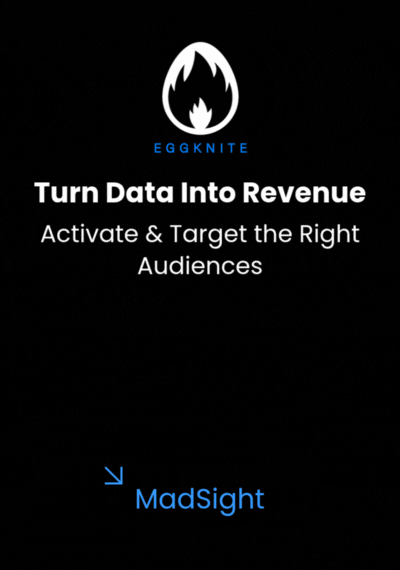Facebook advertising has been essential for almost every major brand in the past 5 years. Without a doubt, the platform delivers value and can help you introduce your business to new buyers. A more common challenge I hear now, is how to scale Facebook Ads. Businesses are seeing good returns and want to make the most of this channel while the margins are still good. With that in mind, here are a few ways to try and scale your Facebook Ads account.
1. Increase your spend
This one might be straight forward, but to get the most out of your Facebook ads, the easiest step is to increase your budget. That’s assuming your budget is on the lower side.
Despite how simple this may sound, scaling your budget in Facebook isn’t as simple as it might be on other platforms like Google Ads.
Every time you change your budget on Facebook, you're changing one of the data points that power its algorithm and determine who sees your ads and when. So every time you change your budget, you risk resetting the learning stage, or Facebook's name for “we're trying to figure out what to do next, give us a minute.”
As a general rule of thumb, you should keep your budget changes to less than 20% of the original budget. This will minimize triggering the algorithms going into learning phase again.
2. Go after your competition
Everyone loves to take a bit of their competitor's business. After all, we're competing, aren't we? You can use strategies to find the target of your competitors on the Facebook platform. You can first see if your competitor's brand name appears as a targeting option. This will probably only qualify big brands, but you don't have to be a big brand to use them. If you provide a product or service locally and have brands available to target similar services across the country, you are using their interest to help attract new customers to your local service.
You can also look into your competitors creative on Facebook Ads Library, search for their name, find any live ads they’re running and learn from them.
3. Try affinity brand audiences
Similar to competitor brands, affinity brands can help you reach more people from your current lists. Consider competing brands or businesses that your target market would be interested in. I have always had success using those to attract new clients. The goal here is to expand your targeting using additional interests while keeping things relevant.
4. Expand your lookalike audiences
One of my favorite Facebook targeting options is the use of lookalike audiences. As long as the seed audience I use has a clear pattern, they've always tend to deliver for me. If you're not familiar with lookalike audiences, they're essentially a group of brand-new Facebook users that Facebook's algorithm creates based on a list of users you supply.
But, there are is a common problem I see advertisers make:
They use one audience
The easiest place to start with Lookalike Audiences is to create a new list from your existing customer base. This is the model most people work with because logically we all want more customers. So creating a lookalike that resembles our existing customers is usually the best place to start, but this doesn’t mean other lookalike audiences based on people that added to their cart or initiated a checkout won’t work too. You want to keep testing lookalike audiences based on different users that interacted with your business, some examples include:
- Users that added products to their cart
- Form submissions
- High-value customers
- Users that initiated a checkout
- Users that stayed on your website for more than 2 minutes
5. Try broad targeting
If you've scaled your budget and tested all of your potential Facebook audiences and are still looking to scale, there's one last option that can be helpful, but it comes with a caveat. So first, the strategy:
With broad targeting, you use a conversion-focused campaign and identify the conversion action you want more of. Then you leave the rest to Facebook. You don’t add any lists or other targeting options, no lookalikes, no detailed targeting, just set your desired location and that’s it.
Now for the caveat:
This strategy is best used by accounts with plenty of data and past conversions. This isn’t for new accounts just barely making it past the conversion minimums to get out of the learning phase. You need to be getting at least 400-500 conversions a month before you try this strategy, why? because it will give the power back to Facebook’s algorithms to do most of the hard work of finding you conversions, and for the algorithms to work, they need conversion data to know what your potential customers look like.
Although I only covered a few main strategies to scale Facebook campaigns, there are a number of custom strategies that can help you get there and in a way that works best for Facebook’s algorithm. If you’ve tried all of these tactics and are still looking for other ways to scale, it might be time to try an omni-channel approach using other platforms such as Google, Snapchat, TikTok, and others to get more conversions.






